How does the battery system of a new energy vehicle work? The working principle of the battery system in new energy vehicles primarily revolves around the storage, release, and management of electrical energy, serving as the key component enabling power output in such vehicles.
The battery system serves as the ‘energy reservoir’ of new energy vehicles, analogous to the fuel tank in a conventional vehicle. It consists of battery cells, a battery management system, battery modules, a battery pack, and a battery thermal management system. Battery cells are the basic units that generate electrical energy, primarily composed of a positive electrode, negative electrode, separator, and electrolyte. Their operating principle involves the migration of lithium ions between the positive and negative electrodes to facilitate charging and discharging.
The charging process requires external energy, i.e., grid electricity, which is stored in the battery. The discharging process occurs spontaneously, releasing the stored energy. Multiple battery cells are combined to form battery modules, while multiple battery modules, along with related structural components, thermal management components, and electrical components, collectively form the battery pack.
The battery management system is the core of the battery system, responsible for monitoring and managing the battery. Data is processed by a microprocessor, which manages the battery according to pre-set algorithms. The battery system has diverse functions, including measuring the state of charge of the power battery, providing the driver with remaining usable energy, and reminding the driver to charge the battery in a timely manner.
During the charging and discharging process of the battery, the battery system performs comprehensive management. During charging, it automatically selects the appropriate charging mode based on the battery’s state to improve charging efficiency and prevent overcharging. Prolonged overcharging can lead to reduced battery performance, irreversible damage, and even battery deformation or leakage.
How does the battery system of a new energy vehicle work? During discharge, the battery system monitors the discharge status to prevent over-discharge from damaging the battery. The battery thermal management system works in conjunction with this, heating the battery pack in low-temperature conditions. The battery has internal resistance, and current flow generates heat. When heat accumulates and the temperature rises above normal levels, it can affect electrical performance and lifespan.




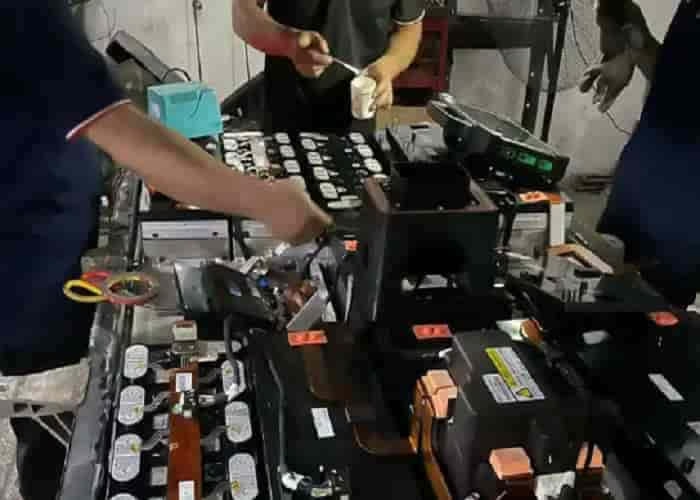


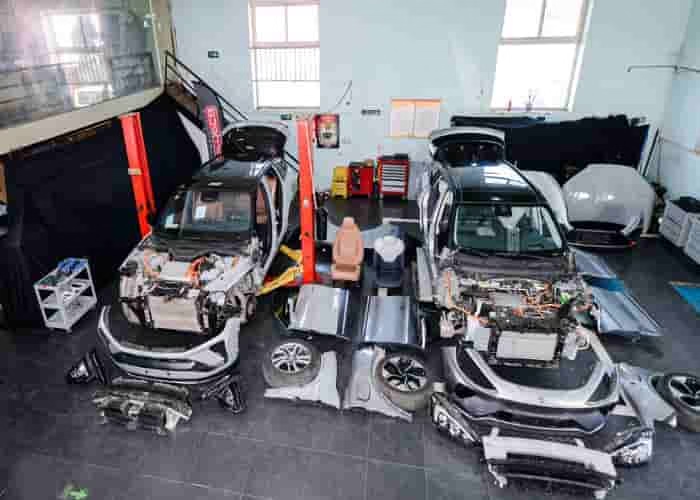
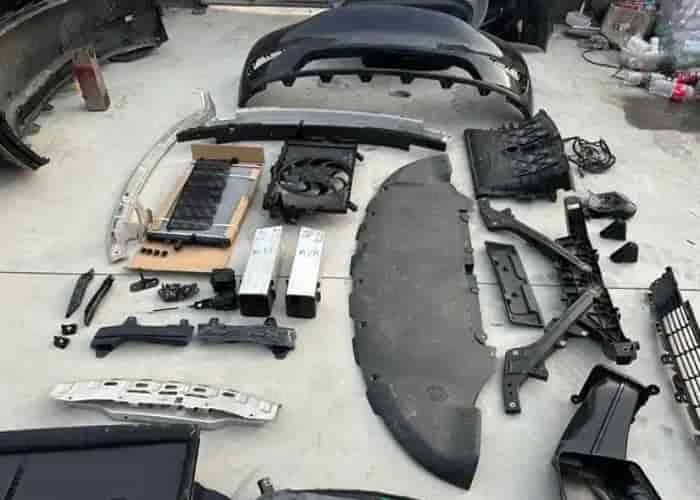
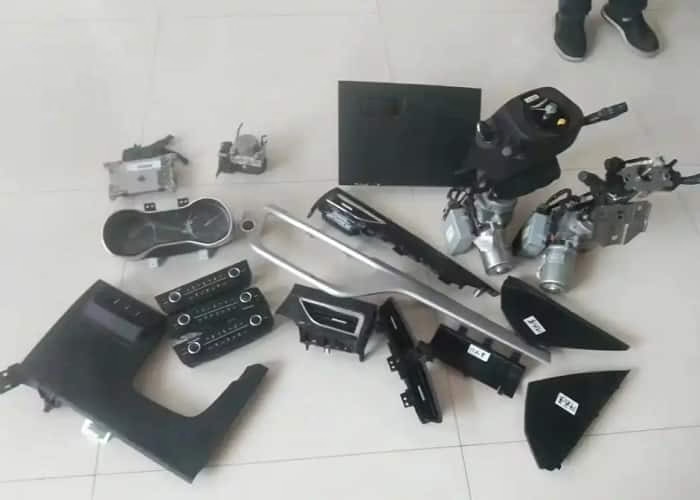
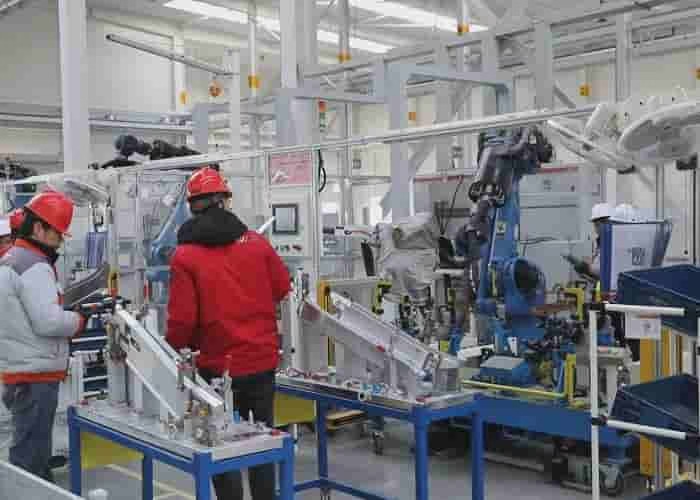
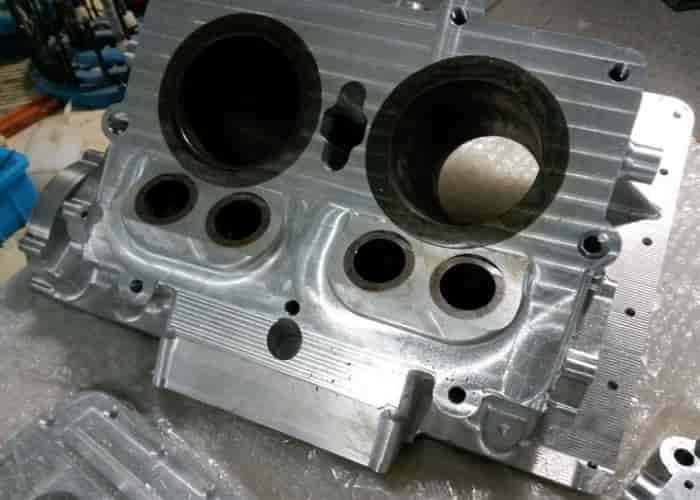




Leave a Reply